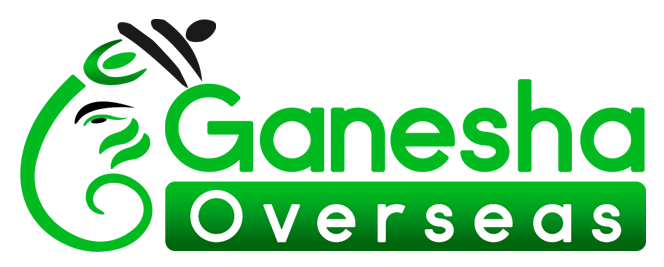Archaeologists think the first people to settle in Ireland arrived around 6000 B.C. By 3500 B.C., settlers were using stone tools to clear farmlands. Around 700 B.C., a diverse and technologically advanced culture from central Europe called the Celts began to settle the island. They would thrive there for nearly 2,000 years.
In the ninth century A.D., Viking invaders began raids into Ireland. They established settlements that later became some of the country's main cities, including the capital, Dublin. The Vikings and Celts fought often for 200 years until a battle in 1014 united the country. Peace broke down quickly though, and Ireland was divided into many kingdoms.
In 1170, Norman Vikings who had taken control of England invaded Ireland and made it an English territory. In the early 1600s, England's official religion became Protestant while most Irish remained Roman Catholic. This would create tensions that would eventually lead to revolution and Ireland's independence.
By the 1820s, British laws unfair to Catholics had sparked a mass movement for Irish sovereignty. In 1829, many of those laws were overturned, but Ireland still wanted freedom. In 1922, after violent uprisings, the Irish Free State was created within the British Empire.In 1948, most of Ireland became an independent country, while six mainly Protestant counties in the northeast remained a British territory.
The government of Ireland consists of an elected parliament, which makes the laws, and a president, who is head of state. The head of the government is the Taoiseach (pronounced tee-shuck), which means "chief." The Taoiseach is the leader of the political party with the most parliament members.
For most of its history, Ireland's economy has been based on farming and agriculture. But since the late 1950s, government efforts to attract business have turned the country from one of Europe's poorest nations to its second wealthiest. The amazing turnaround earned Ireland the nickname "Celtic Tiger."
Ireland is an island nation on the westernmost edge of Europe. It is the continent's second largest island (after Great Britain). The Republic of Ireland occupies 80 percent of this landmass, while a large chunk of land in the north is part of the United Kingdom.
Ireland is known for its wide expanses of lush, green fields. In fact, its nickname is the Emerald Isle. But there are also large areas of rugged, rocky landscape. About 15,000 years ago, Ireland was completely covered by thick glaciers. The movement of these giant sheets of ice stripped the soil, leaving huge tracts of flat, limestone pavement.
The midlands and west coast of Ireland are dotted with damp peat bogs, the soggy remains of dried-up ancient lakes left by the glaciers. Ireland's highlands rise mainly in the southwest, often ending at sheer cliffs that plunge thousands of feet into the Atlantic Ocean.
Ireland is a nation of storytellers. The tradition dates back to Celtic bards, who would record and recite the country's history. Many famed writers come from Ireland, including four winners of the Nobel Prize for literature. The Irish also excel in music and sports.
The Irish have a great affection for nature and rural life. The country's first coins even featured pictures of animals. Low levels of development and pollution in Ireland have left most of the nation's open spaces relatively undisturbed.
Did you know that there are no wild snakes in Ireland? The sea has stopped many animals common on mainland Europe from reaching the island. There are also only two wild mouse species, one type of lizard, and just three kinds of amphibians.
Irish wildlife is protected by government conservation programs. To preserve natural habitat, the government has established six national parks and hundreds of national heritage areas throughout the country.


